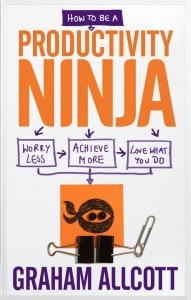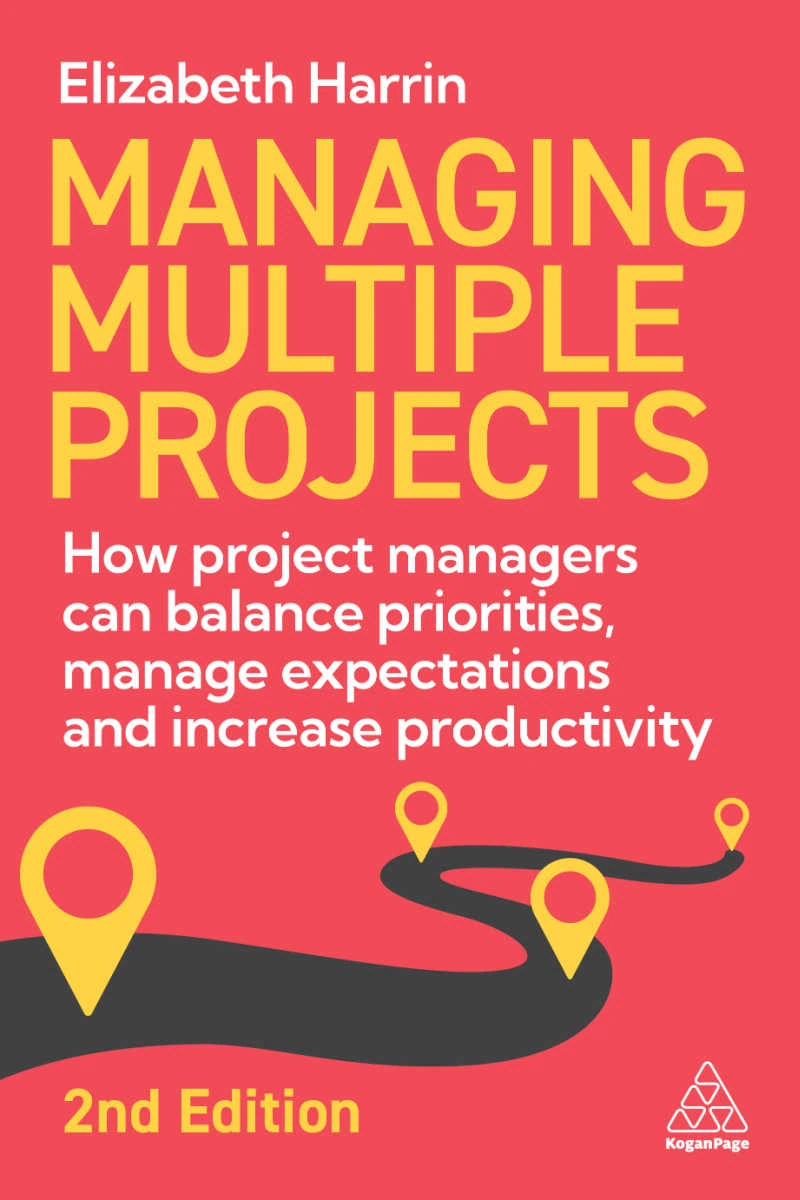Can you really manage with just 5 milestones?
This blog is reader-supported. When you purchase something through an affiliate link on this site, I may earn some coffee money. Thanks! Learn more.

Do you agree? I don’t. But let’s put that aside for a moment and look at what he suggests those 5 milestones should be. “The five-milestone model of projects is all you ever really need,” he continues, going on to set out what those milestones should represent. They are:
Establishment: marking the fact that the project is now set up with a team in place.
Underway: checking the progress of the first few days to ensure that things have started in the direction that you expect and find acceptable.
Mid-way: checking progress at the half-way point to ensure you are still on track to achieve the objectives and that those objectives are still relevant.
Completion: marking the fact that the project is now complete, drawing on success criteria that you set at the beginning.
Celebration: a milestone to celebrate success, review learning points and say thank you to those involved.
On small projects this model will probably work quite well. I can see it being used in projects where the team is only a couple of people and the work will be done in a few months or sooner. But on anything that lasts over 6 months, has a sizeable budget or a team of more than 10, this model is inadequate. You would never be able to track progress or report effectively with so few milestones in your project plan.
To be fair to Allcott, he does briefly mention the possibility that “there will be complicated projects with hundreds of inter-dependencies, where you need to find the ‘critical path’ through all of the detail and complication.” In those situations he recommends hiring an experienced project manager, someone, I assume, who can do all that for you. However, “old-style project management [whatever that is] rarely works well for day-to-day projects.” He doesn’t define a day-to-day project but he does talk about creating new brochures and websites so that’s the kind of thing I think he means. As a bit of a fan of ‘old-style project management’ I think it would work well for all kinds of projects, provided that you scale it appropriately, and that doesn’t mean cutting out all the milestones on your project plan so you are only left with 5.
So, what’s the smallest amount of milestones that you would have on a plan, or is the answer really ‘it depends’? Let me know in the comments below!

